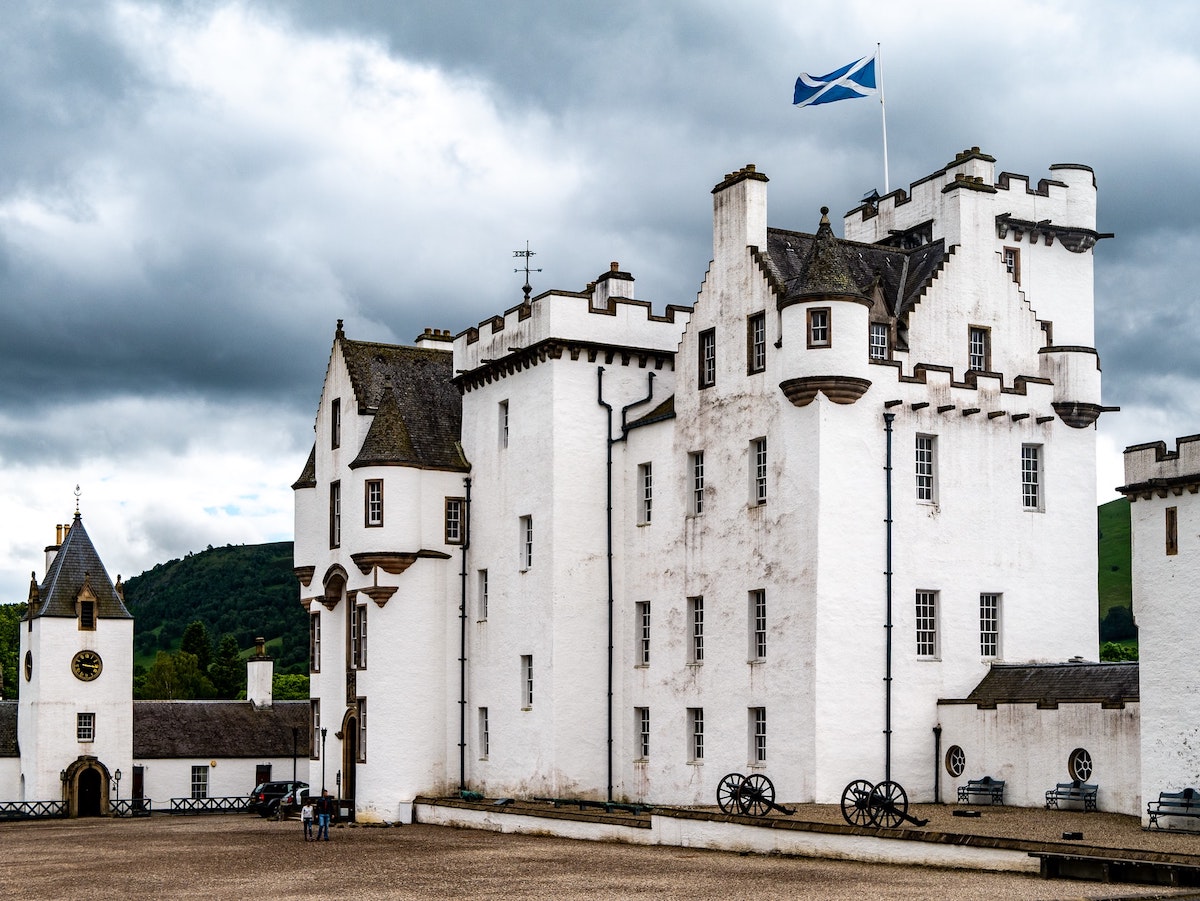
Historic Environment Scotland (HES), the public body in charge of 336 historic buildings and sites, is launching a new programme of tactile condition surveys in response to concerns about the deterioration of high-level masonry caused by a combination of factors such as the materials used during construction, age, physical location, and climate change.
HES inspections and sample surveys last year revealed a variety of degradation on high-level building fabric, posing a danger of falling masonry and potential harm. Access has been restricted at several of the affected locations to protect workers and visitors, while every attempt has been made to provide guest access where possible.
HES has developed an initial prioritisation that will inform the inspection schedule, and significant preliminary work has already begun. Priority will be given to surveying locations where it is impossible to adequately eliminate all hazards to public safety, such as where the nature or location of a site poses a unique difficulty, or where neighbouring land controlled by a third party may be affected. This year, priority will be given to sites where access limitations are having a severe negative impact on the community and economy.
The surveys will provide a complete and accurate image of the condition of the sites and will help to inform a subsequent programme of repairs, conservation work, adaption measures, interventions, and innovative ways of caring for these historic treasures. The surveys will be carried out by specialised HES technical employees and will be “hands on”
Dr David Mitchell, director of conservation at HES, said: “This is a major programme of activity taking place across Scotland, involving a new approach to inspections and new skills requirements for our teams. Our changing climate since the 1960s has accelerated the natural process of decay and the nature and location of some properties makes them particularly susceptible.
While surveys and subsequent corrective action are being carried out, HES is investigating alternative visitor experiences. This includes allowing partial access to some locations where it is safe to do so, as well as opening up inner spaces with safety passages and viewing platforms. HES is also developing more interpretive signage and performances, as well as investigating the use of cutting-edge technology and new audio tours, movies, and trails to enhance the visitor experience for 2022.


